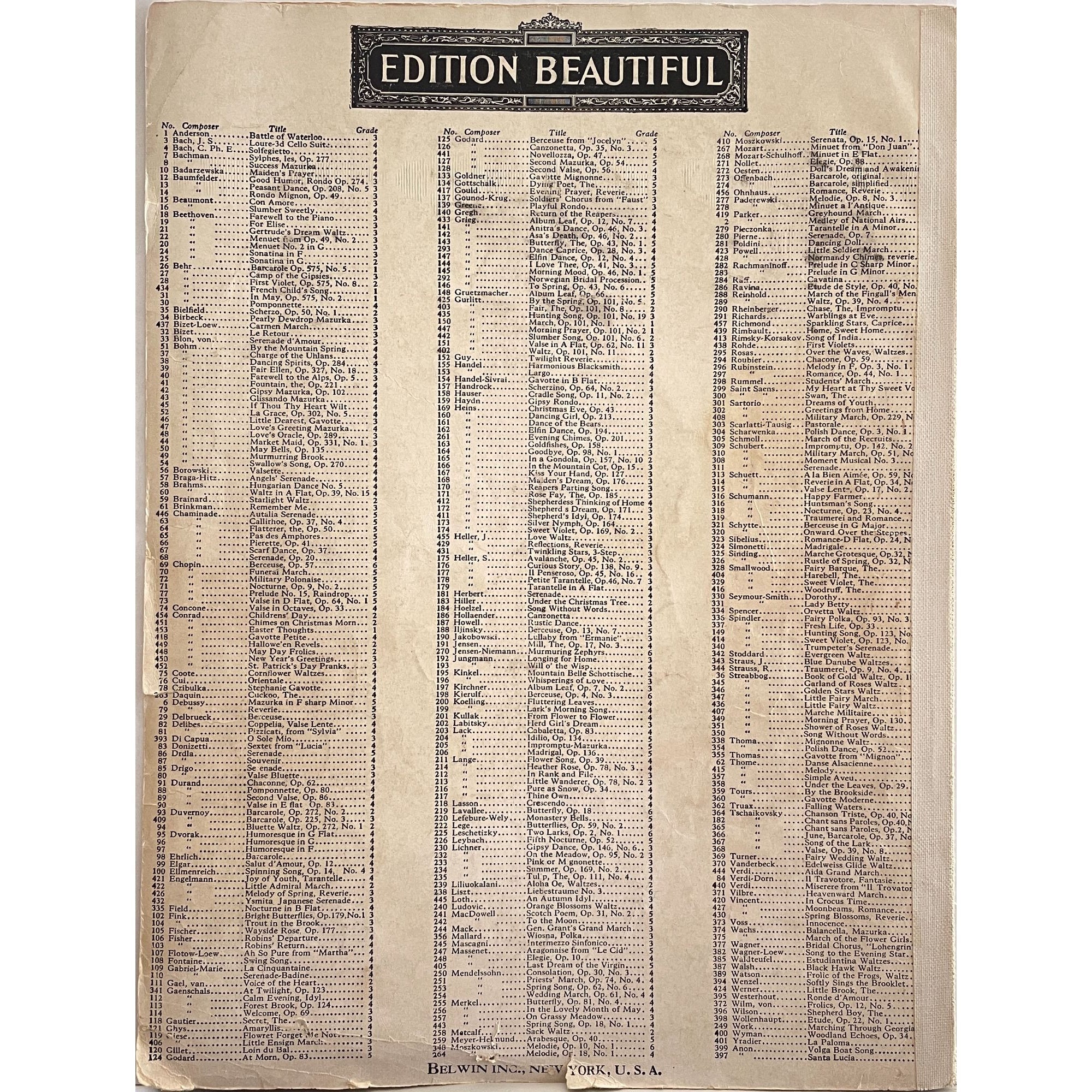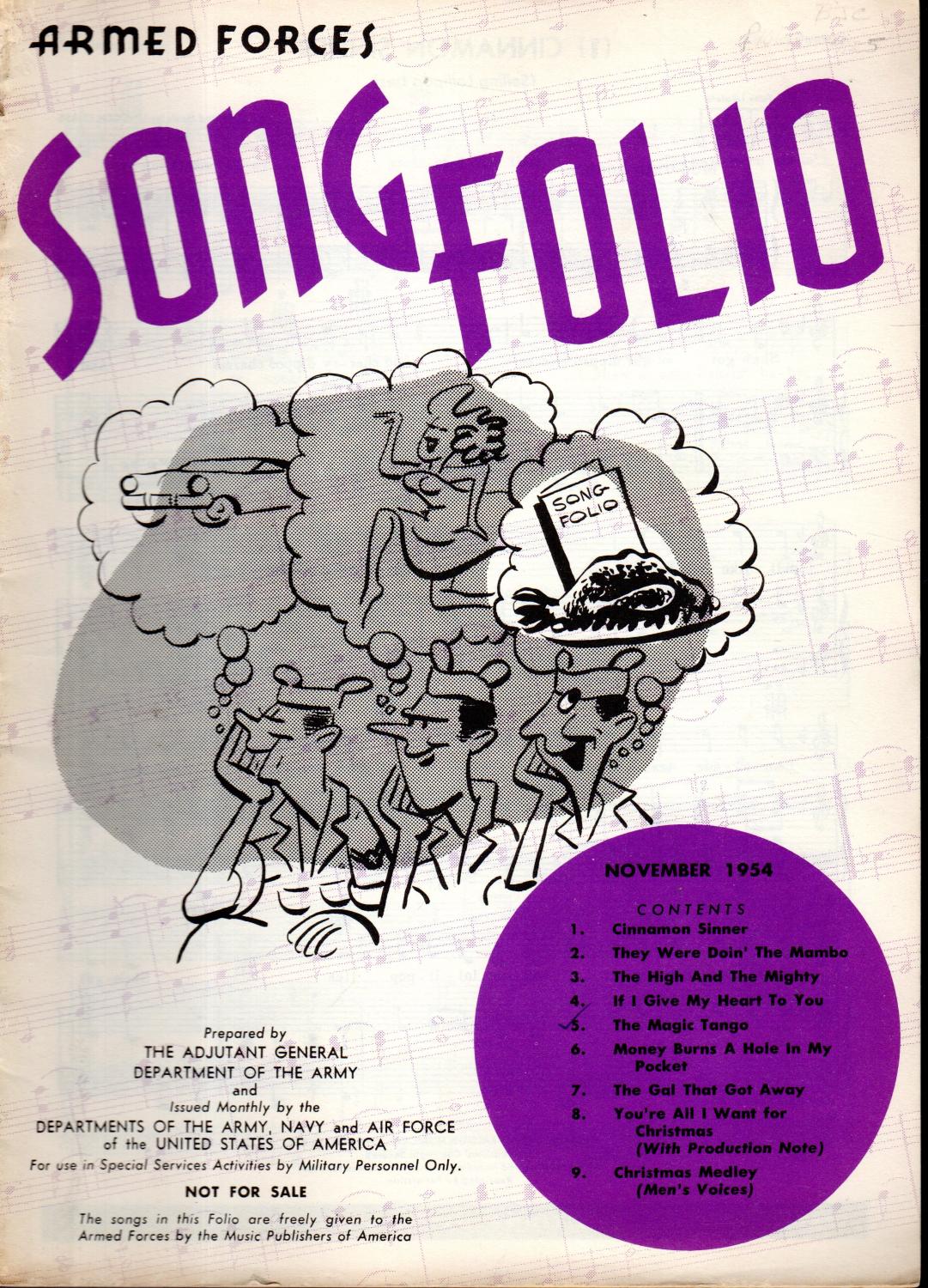Military Song Medley - Due to copyright laws, many items on the Twentieth Century Songs website may not be represented. Although every effort has been made to obtain permission to use these songs or parts of these songs, in some cases this has not been possible.
So there may be no recordings or paper material showing these songs. In some cases, the copyright holder may have given permission for part of the content to be used online. In these cases, only a 30-second audio recording is used, and only one or two pages of printout or handwritten material is used.
Military Song Medley
 Source: i.etsystatic.com
Source: i.etsystatic.com
The reverse shows the ceremony of honoring the national flag as it is lowered in the evening. Military personnel on the range should stand in the rest area during the retreat process. Uniformed personnel must face the flag and stand at attention.
The Star Spangled Banner
All others must remove headgear, face the flag and stand at attention. After the retreat, To the Color, or the National Anthem, is performed. We are always ready to call, we trust you. Through storm and storm and storm and storm our purpose will rise.
"Semper Paratus" is our guide, our fame, our glory. Fighting to save. Or fight to the death, yes! The Coast Guard may be there! U.S. Air Force In 1938, Liberty magazine, at the urging of Army Air Corps leaders, decided to hold a songwriting contest and offered a $1,000 prize to the winning composer to write a song about America.
The Army Air Corps received more than 700 songs, but it was Robert MacArthur Crawford who wrote the winning song in 1939. National anthem of the United States. All military personnel in uniform must face the flag and salute during the performance of The Star Spangled Banner.
Once inside, military personnel must pay attention. All others must remove headgear, face the flag, place right hand over heart and stand at attention. All military personnel in uniform must now stand with one arm during the performance of taps.
 Source: pictures.abebooks.com
Source: pictures.abebooks.com
Four Ruffles And Flourishes Grandioso Of The Stars And Stripes Forever
Once inside, military personnel must pay attention. Everyone else should take off their headgear and place their right hand over their heart and stand at attention. Four Ruffles and Flourishes followed by a grand strain of Stars and Stripes Forever (last 32 measures) is used to confer musical honors on high-ranking government officials (see AR 600-25 for more information).Song
Author is unknown. In 1929 the Commander of the Navy commissioned the following verses from Song of the Sea. This is a shortened version of the Marines' song that is often played with the Armed Forces Medley.
U.S. According to the US Army, the Army Band, Army Goes Rolling Along was originally written by artillery officer Edmund L. Gruber while stationed in the Philippines in 1908. Interestingly, according to the US Army Band, one of Gruber's friends wrote the holiday classic.
, silent night. Gruber originally called Army's song the Casson Song. Years later, the military song was changed to John Philip Sousa's march and called the Artillery Song. By the time of World War I, over 750,000 copies of the song had been sold and Gerber finally got paid, and Sosa demanded to be paid a share of the money as he was the first author.
Four Ruffles And Flourishes
Four ruffles and flourishes are used after the national anthem to pay musical tribute to former presidents or president-elect of the United States. When followed by the national anthem of a foreign country, it is used to pay musical homage to foreign monarchs, heads of state, or members of ruling royal families.
The present verse, and second chorus, were written by Homer Smith, 3rd Naval District Coast Guard Quartet, and Lt. Walton Butterfield in 1943. In 1969, the first line of the chorus was changed to "So That's the Coast Guard Marching Song".
 Source: i.ytimg.com
Source: i.ytimg.com
, we sing on land and sea" We say "We're ever ready to call, We've put our trust in you." These are the lyrics to a shortened version of Semper Paratus that is often performed with the Armed Forces Medley.
. The song underwent its final revision to make it gender neutral in May 2020. U.S. Navy Anchor's Oweg is an American war song. Naval Academy and U.S. Navy Composed in 1906 by Charles A. Zimmerman with lyrics by Alfred Hartmels.
To The Color
Zimmerman was a lieutenant in the U.S. Army Corps of Engineers when he composed Anchor's Oweg. The Naval Academy. Miles was a junior at the Academy, part of the class of 1907. Miles asked Zimmerman to write one for his class.
Help him write the song. Another middle school student, Royal Lowell, will write the third verse. After the focus is activated, the unit commanders quickly face each other and order their units (in right-to-left order). ) orders to focus and face each other. When the last unit is concentrated, the adjutant directs the "sound adjutant's call". The anchors are heavy,
My boys, anchors are heavy! Farewell to foreign shores, we sail to the don-a-a-a; Our last night at the beach, drink some bubbly, until we meet again, we wish you a safe journey home! The flag is lowered during the go-to-color.
All military personnel in uniform must now stand with one arm during to-the-kill. Once inside, military personnel must pay attention. Everyone else should take off their headgear and place their right hand over their heart and stand at attention.
 Source: pdf4pro.com
Source: pdf4pro.com
Grandioso Of The Stars And Stripes Forever
According to the US Marine Corps US Marine Band, the Marines Hymn is the nation's oldest service song. The soundtrack is believed to be from the opera Geneviéve de Brabant composed by French composer Jacques Offenbach.
Originally written in 1859, Offenbach revised and expanded the work in 1867. A revised version included the song "Cuplets Deux Hommes d'Armes" and is the musical source for the Marines' Hymn. In some cases, the Library has been unable to identify a potential copyright holder and has chosen to place some material online as fair use for strict non-commercial use.
The Library of Congress would like to learn more about these materials and would like to hear from individuals or institutions who have additional information or know about their history. Please contact: Performing Arts Study Room.
The first is to fight for the right and build the strength of the nation, and the army is rolling. We are proud of everything we did, fighting the battle until we won it, and the Army is rolling.
Copyright And Restrictions
So hello! Hello no! The army is on the way. Count loud and powerful. Wherever we go, you will always know that the army is going. From the halls of Montezuma to the shores of Tripoli;
We fight our country's wars in the air, land and sea. The first is to fight for right and freedom and keep your honor clean. We are proud to hold the title of United States Marine.
 Source: www.jwpepper.com
Source: www.jwpepper.com
The grandiose strain (last 32 measures) of the Stars and Stripes Forever, combined with ruffles and flourishes, is used to pay musical tribute to high-ranking government officials. On its own, it is used as a musical tribute to the consul general recognized in the United States.
This is always done during the posting of National Colours**. In 1956, Gruber's song became the official song of the Army and was renamed The Army Rolls On. The lyrics of the song were rewritten by Harold Orberg, the music advisor to the Chief of Army Staff.
This is a stripped down version of Army Goes Rolling Along which is usually performed with the Armed Forces Medley. Adopted in the late 1940s, the song is often called Wild Blue Yonder, but is officially called the US Air Force.
Crawford originally called the song "Army Air Corps" but during World War II, the service was called "Army Air Corps" and the title of the song was changed. In 1947, when the Air Force became a separate service, the song read again, The U.S.
air Force. We go out into the green desert, we go to the sun; They are approaching to meet our thunderers, give them the gun now! We dive down, shoot our flares from the bottom, and come out with one helluva roar.
!We live in glory or we go down in flames. no! Nothing will stop the US Air Force! The Library of Congress provides access to these materials for educational and research purposes and does not warrant their use for any other purpose.
 Source: cdn.shopify.com
Source: cdn.shopify.com
The written consent of copyright owners and/or other rights holders (such as publishing and/or copyright owners) is required for distribution, reproduction, or other use of protected material beyond what is permitted by fair use or other legal exceptions.
There may be content that is protected as "hiring works" (the copyright may be held by the party that authorized the original work) and/or under the copyright or neighboring rights laws of other countries. The Armed Forces Medley, sometimes known as the Armed Forces Salute, is a collection of the official songs of the six uniformed services of the United States performed in sequence.
The U.S. Space Force does not yet have a song, but other songs, when played as medleys, are often played as: Sumper Parrots, Space Force Song (uncredited to date), U.S. Air Force , Anchor's Oweg, Marines' Song and Army Goes Rolling.
Uploaded by Santiago Vasco on April 11, 2021 The responsibility for conducting an independent legal review of the substance and obtaining any necessary permits ultimately rests with those who wish to use the substance. Users should consult the bibliographic information that accompanies each item for specific information.
This catalog database provides information known to the Library of Congress about related items and can assist users in independently evaluating the legal status of those items as they relate to their intended use. When the Armed Forces Medley is played, veterans and current active duty, as well as members of the National Guard and Reserve members, whether in uniform or not, are asked to stand during the playing of their service song.
U.S. Coast Guard According to the U.S. Coast Guard's History Office, no one seems to know exactly how Semper Paratus was chosen as the Coast Guard's motto. However, there is no doubt as to who made the moto in music.
In 1927, Captain Francis Salts Van Boskirk of the US Coast Guard wrote what would become the Coast Guard anthem on a wrecked Alaskan piano that belonged to a fur trader's wife, possibly the only piano in the Aleutian Islands.
Reveille describes when the flag is raised in the morning and saluted. All military personnel in uniform must face the flag and salute during the reveille. All others must remove headgear, face the flag with right hand over heart and stand at attention.
medley of military service songs, medley of us military songs, military medley song lyrics, military branch songs medley, us armed forces melody, armed forces medley song order, military melody song, armed forces medley lyrics printable